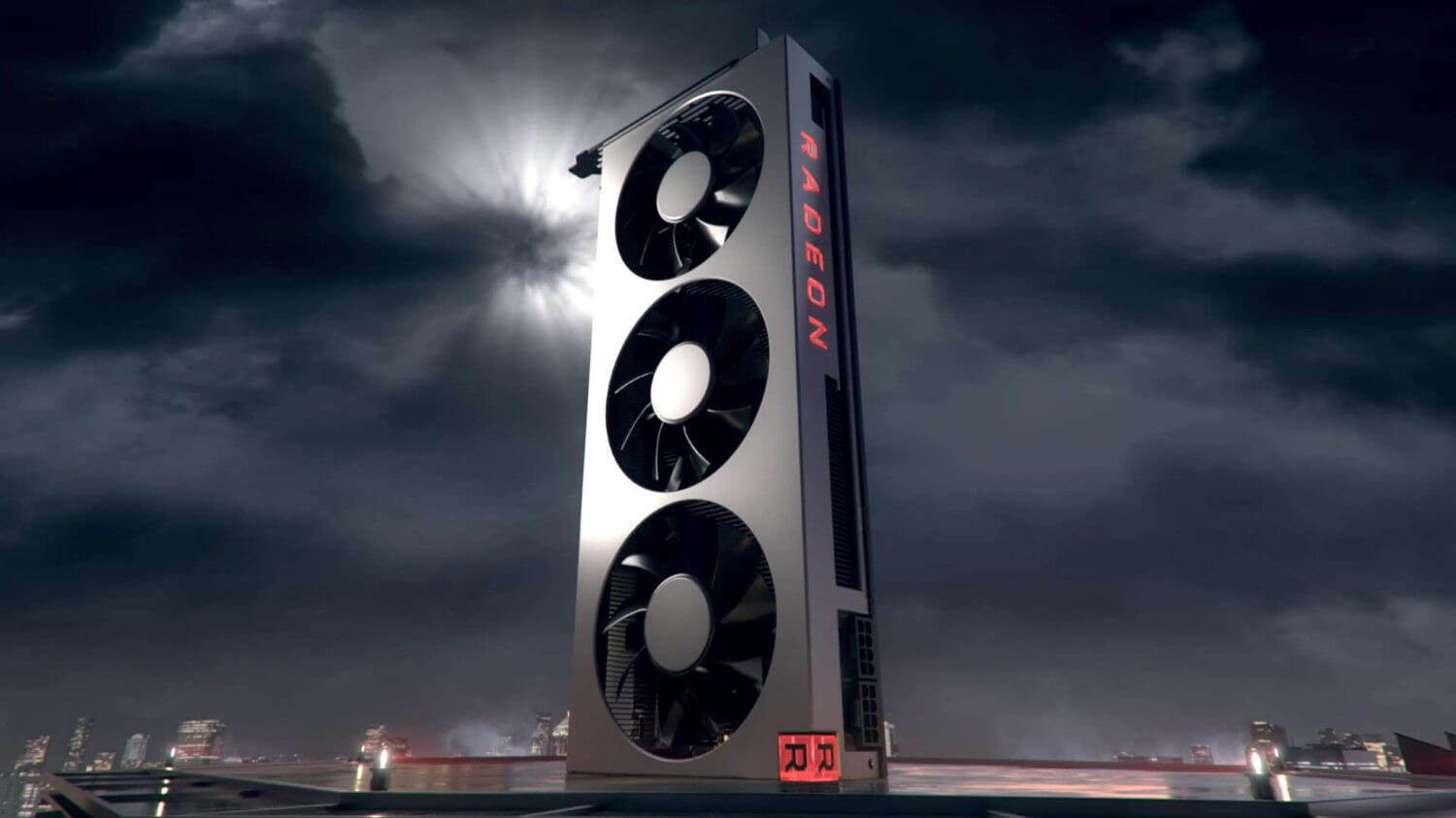DPennington
Posts: 88 +32
In context: Leaked benchmarks suggest the existence of a new architecture from AMD, with the mysterious "66AF:F1" GPU showing up on GFX Bench. Details are slim, but there is speculation that this could be the first spotting of an upcoming Navi GPU.

AMD has kept details of their upcoming Navi GPU under close guard, with very little information regarding performance and specifications becoming available. Recently, however, benchmarks for a mysterious AMD GPU named "66AF:F1" appeared, demonstrating significantly better gaming performance than the RX 580 and performance on par with the Vega 56.
In terms of compute performance, the alleged Navi GPU is comparable to the RX 580 and falls significantly behind the Vega 56 and 64, suggesting that this card may be a mid-range offering for gamers.
This isn't the first time rumors of Navi have been unveiled. Back in December, we gave our take on the Navi rumors, suggesting that the performance-per-dollar proposition that was being speculated on was too good to be true. Those rumors suggested that a $250 Navi GPU, the purported RX 3080, would deliver RTX 2070-like performance. The more recent rumors suggest a much more modestly performing card, if this is in fact Navi.
Back in January, MacOS contained hints regarding the release of Navi GPUs, which suggests AMD is getting ready for a release of some sort in the near future.
Interestingly, evidence suggests that this leak may actually be a new Vega GPU and not Navi at all. The "66AF" moniker is registered under Linux AMD GPU drivers as the "Vega 20." The mystery GPU also shares benchmarks that are suspiciously close to the Radeon VII, suggesting this may be another member of the Vega 20 family.
https://www.techspot.com/news/79150-mysterious-amd-gpu-benchmark-could-first-navi-spotting.html